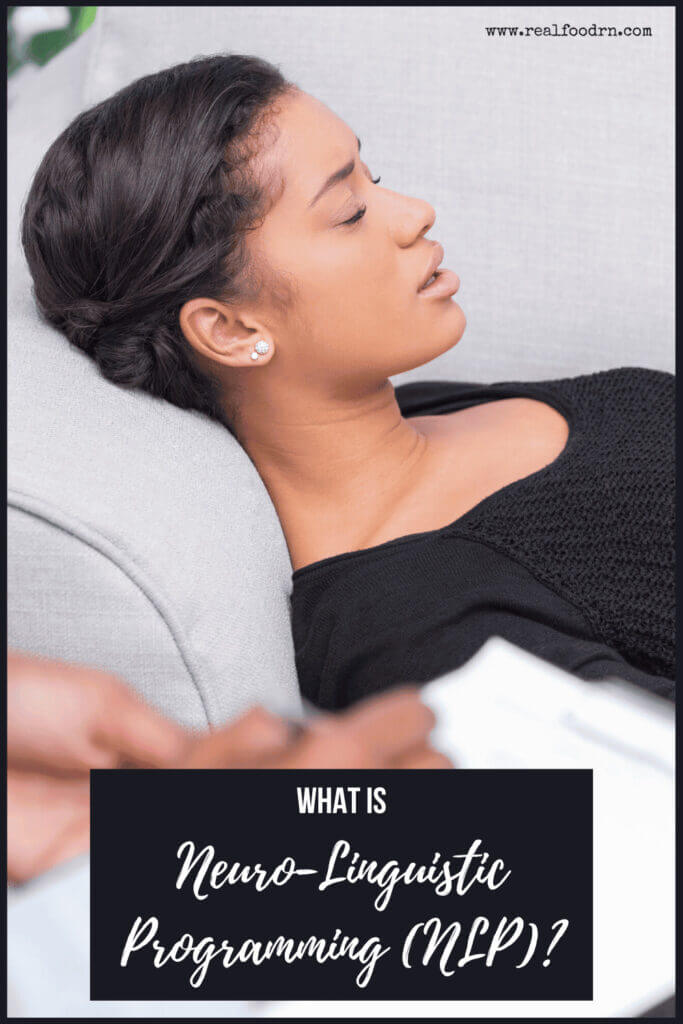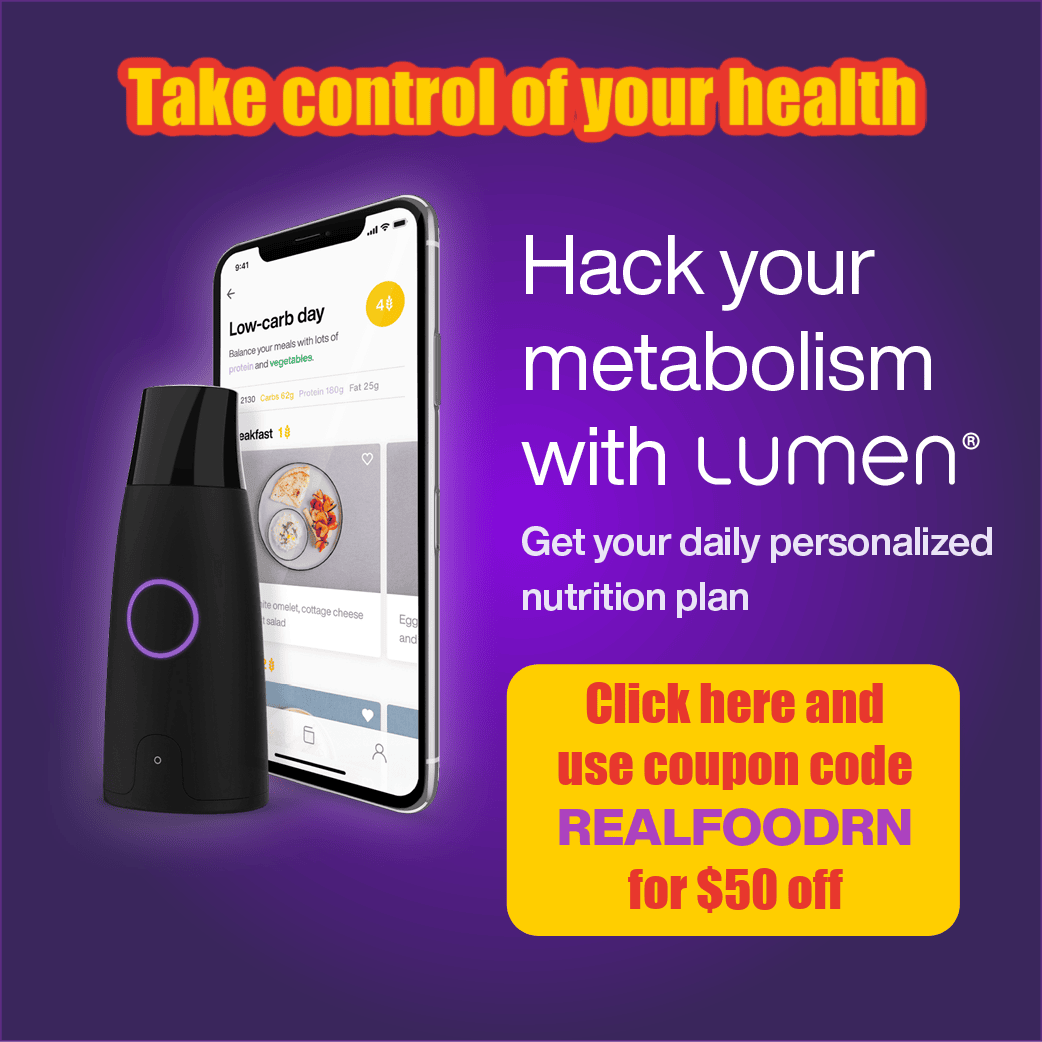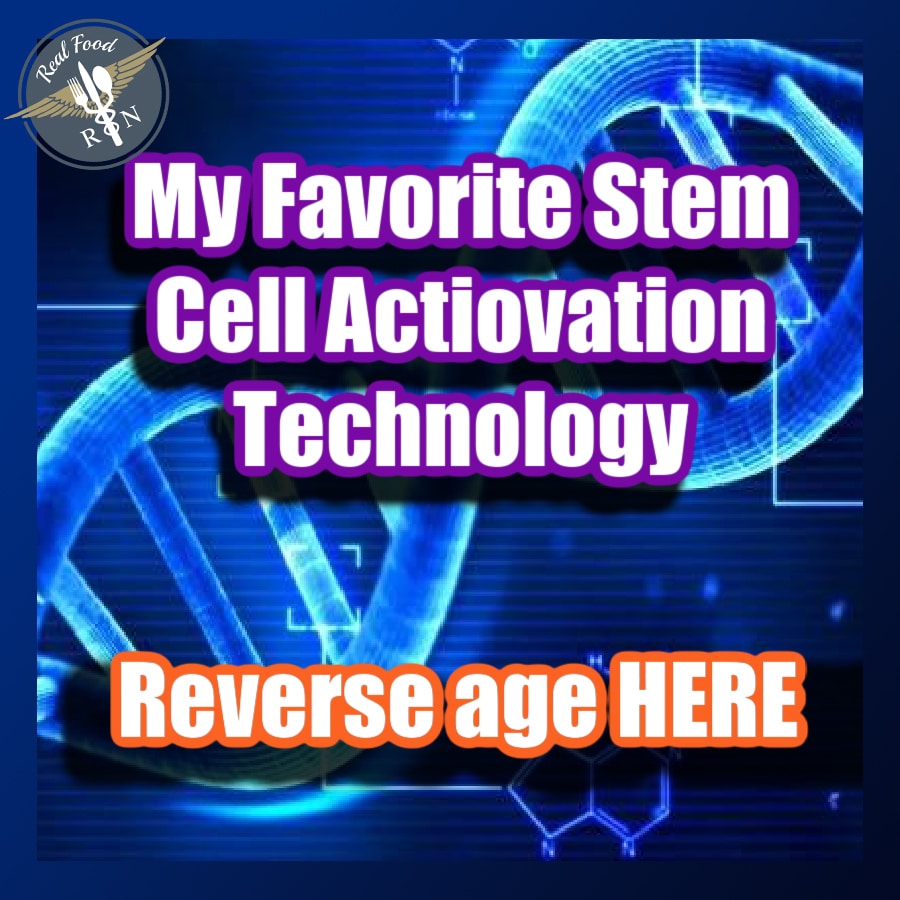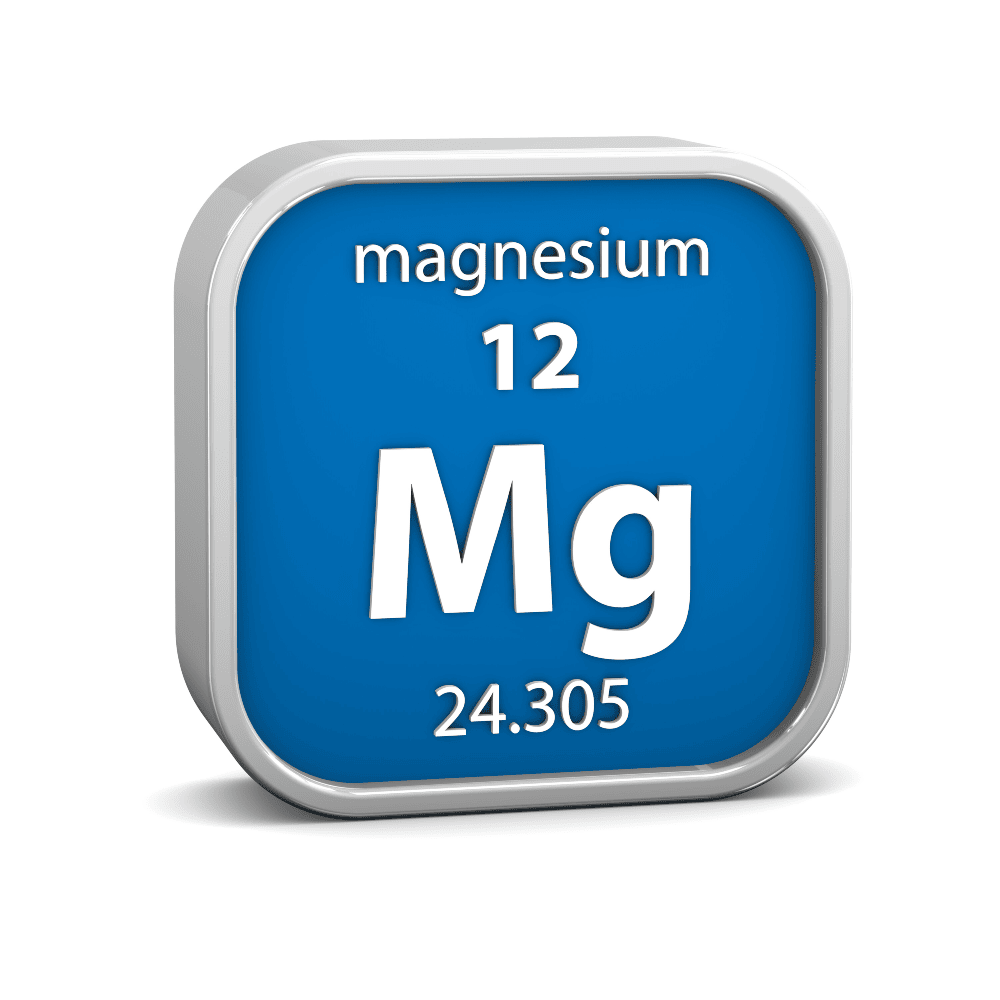
When I am stressed or going through a challenging time, I have certainly heard loved ones tell me, “just think positive thoughts,” or “don’t dwell on the negative.” In times of feeling unsettled, this advice does not feel as comforting as it is meant to be. What I learned, though, is that there is so much truth embedded in that well-meaning advice. While I wouldn’t necessarily say, “turn that frown upside down, and everything will be okay,” I would like to spread some light on the power of reprogramming your thoughts. For years I worked with a therapist who does just this, she walked me through reprogramming my mind using NLP!
Exploring Neuro-Linguistic Programming (NLP)
Neuro-Linguistic Programming (NLP) involves analyzing thoughts, language, and behavioral patterns learned through experience and relating those to specific outcomes. NLP is a way to change our thinking to help achieve the desired outcome. Even though our precious brains sometimes love to go into auto-pilot mode, we are 100% in control of our thoughts and actions.
Back in the 1970s, linguist John Grinder and information scientist Richard Bandler came together at the University of California, Santa Cruz, and developed NLP. They paired determined habits and actions of highly successful people and developed NLP as a way for everyone to access these habits and actions. It has proven to be instrumental in personal and professional development in various settings, including counseling, education, sports, and business. It even includes the treatment of anxieties and phobias. So, in short, powerful stuff.
How Does NLP Work?
As we live our lives, we develop a sort of internal map based on the sensory experiences we encounter. Our brains are constantly processing new information that we perceive and witness. Our internal map is largely influenced by the different experiences we are exposed to. That means it could be limited or quite extensive. NLP challenges that internal map and any unconscious bias or preconceived notions you have made based on the past.
The way we think and act is linked. Our brains (neuro) help us communicate (linguistics) and process (programming) what we encounter. NLP can help change how individuals perceive themselves, their environment, and others. Some compare NLP to learning a new language, except this one is the language of your mind!
I know. It is a lot to take in.
Four Pillars of Neuro-Linguistic Programming
Without getting too academic, I’ll share a little bit about the four pillars of NLP.
The first is sensory awareness. Simply put, this means being aware of your reactions and the reactions of others. This mindfulness encourages you to have more control over your thoughts and behaviors. The next pillar is rapport. You build rapport by taking that sensory awareness from the first pillar and creating relationships with trust and understanding.
Next, you have outcome thinking. This is where you banish self-limiting beliefs and make choices to help achieve your goals. The fourth and final pillar is behavioral flexibility. All this means is that you have the power to change unproductive behaviors (or habits) and create new ones. Your behavior is malleable! Nothing is set in stone.
Examples of Neuro-Linguistic Programming
Let’s say you feel intimidated ordering fancy cheese at the farmer’s market. Maybe you went one time and mispronounced a specific cheese. You probably felt silly and, depending on the reaction you received from the stand owner, a little embarrassed. You now have it in your mind that you can’t order fancy cheese there again because you’ll embarrass yourself.
This is a limiting belief based on assumptions and information you gathered from a previous experience. To use NLP, you’ll need to identify how you came to think and behave the way you do when you go to the farmer’s market. Label your moods and emotions. From there, visualize your desired outcome. Picture yourself ordering cheese from the stand confidently. How do you feel after you accomplish this? Replay the scenario over and over in your mind with your desired outcome.
Here is another example: every time you go to the store, you forget your reusable bags in the trunk of your car. You laugh and say, “I always forget to grab my bags.” This verbalization solidifies your behavior. You’re saying, “This is what I usually do, and I will keep doing it even though I do not want to.” To change, you need to use NLP to reframe your behaviors. By thinking, “I am someone who remembers their reusable bags,” you can turn that thought into tangible action. You don’t want to say, “I want to become someone who remembers their reusable bags.” Instead, you need to imagine the scenarios as if they have already happened.
By doing so, you can literally reprogram your brain! How cool is that?
Neuro-Linguistic Programming Techniques
Whether you try this out for yourself or seek professional help to engage NLP, there are a few universal techniques you may encounter:
- Anchoring: Choose a small action, such as rubbing your hands together or squeezing the tip of your index finger. Every time a positive emotion occurs, practice your anchoring action. Your brain will associate the small gesture with a positive emotional response. Now, when you face challenging emotions, you can summon positive feelings by practicing your anchoring technique.
- Visual-kinesthetic dissociation: This is very much like our farmer’s market scenario. Known as the rewind technique, you imagine stressful or anxiety-producing scenarios at a safe distance. When you can see all the factors in your visualization, you can change your thoughts and behaviors to match the outcome.
- Swish pattern: This technique combines the two in that you can visualize your desired outcome and associate an anchor to it.
NLP looks at processes instead of problems. This unique approach can be very effective!
Benefits of Neuro-Linguistic Programming
There are many benefits of NLP, including but not limited to:
- Increased self-worth
- Increased self-confidence
- Reduced stress and anxiety
- Ability to overcome fear and phobias
- Stronger interpersonal relationships
- Stronger working relationships
- Enhanced personal and professional development
- Increased productivity
- Stronger sense of self
It is so important that you protect your energy. Engaging in NLP can eliminate the “bad” out of your life and allow you to plug in the new. As we navigate through life, we’re met with many different demands. I hope you find time to carve out a segment of your day to focus on your overall wellness. You may also consider energy healing as a form of alternative or complementary therapy. The terms cover any modality that works with the energy circuits and fields in the body.
The most essential knowledge to take with you is that you are in total control of your thoughts and behaviors. You can change, no matter how big or small the goal. All you need is some awareness and a trusted guide to show you the way.
CLICK HERE to Pin this Post









